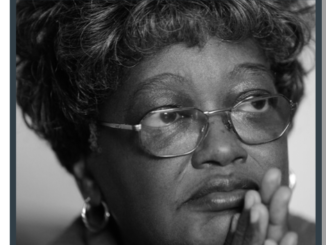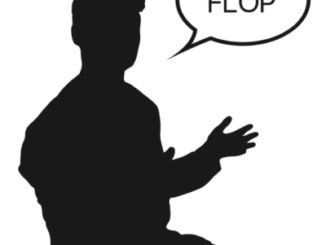
design: Mazzy Seigneur
permission to print photos: Eric Kiekeben
The NCAA Basketball tournament isn’t called “March Madness” for no reason. Obviously, it’s in March, but I’m referring more to the “madness” part. Afterall, this is the main reason why the tournament gets so many views year after year.
Whether an avid college basketball fan or someone who hardly watches any basketball, almost everyone can appreciate something about March Madness. With its single-game elimination style and with unexpected outcomes happening left and right, the intensity of March Madness is nearly unmatched, especially compared to the NBA playoffs.
In the NBA, the playoffs consist of seven game series, where the first team to win four games in each series advances. Unlike the NCAA bracket that starts with 64 teams, the NBA has 16 total teams make the playoffs. Recently, though, the NBA implemented the “play-in tournament” for teams on the brink of making the playoffs, meaning these 16 teams aren’t set in stone anymore until the last minute.
It began in 2020 in the Orlando bubble. Since the season was cut off after the outbreak of COVID-19, it was only fair that some teams just barely missing the playoffs had the chance to compete for a spot rather than being eliminated based on their standing from months prior. In last year’s playoffs, the play-in tournament adopted a more solidified format and is now here to stay.
Currently, it consists of the four teams that are the no. seven-10 seeds in each conference competing for the last two playoff spots in their respective conferences. The tournament consists of two total games. The seven and eight seeds must win one game to advance, and if they lose their first, they still have a chance if they win the second game. Meanwhile, the nine and 10 seeds must win two games in a row to advance to the playoffs.
Many players and fans of the NBA have accepted this new format with open arms. Many, however, are also against it. Notably, LeBron James had some strong words about the play-in last year when his Los Angeles Lakers found themselves in it: “whoever came up with that [expletive] needs to be fired,” James said, according to USA Today.
While it seemed a little ironic that James was complaining about it only after his team was actually in the tournament, maybe he had a point. The NBA used to have shorter series in previous decades, but with the first round of the playoffs switching to a seven-game series in 2003, every series in the playoffs has been best-of-seven since then. With this longer style of play for the rest of the NBA playoffs, the play-in was rightfully a shock for many players.
But what would happen if more of the playoffs actually resembled the play-in? After all, the play-in format is very similar to the format of March Madness, which is extremely popular. Would fans watch more of the NBA playoffs like this, or would it break away from tradition too much?
The NBA is filled with so many star players who fans know and love. While this may be true for college basketball also, there are two main factors of the NCAA tournament that make the single-game elimination style more reasonable: the shorter tenure of players with a team and the number of teams in the tournament.
If the NBA adopted a more rapid-moving style like this for its own playoffs, players who stick with franchises for decades may only have one or two individual games over the years to try and compete for a championship, as opposed to what would be at least four to eight games at this rate. College players are college students, and they move on in life as individuals if they can’t win over about four years; however, with the pros, the situation is much different.
Not only is it different from the players’ perspective, but from the fans’ perspective as well. It would be very difficult to stay a fan of a team when its players hardly get an opportunity to win, and this isn’t even mentioning the likely decrease in loyalty of both players and fans if this type of style were to be implemented with the NBA playoffs.
March Madness and the NBA playoffs are both very popular in their own ways, and therefore they should just stay as they are. The best way to describe this situation is with an analogy; a college career usually lasts at most four years, while a professional NBA career may last over two decades for some. One is clearly faster-moving than the other, and thus their competitive stages should reflect that.


